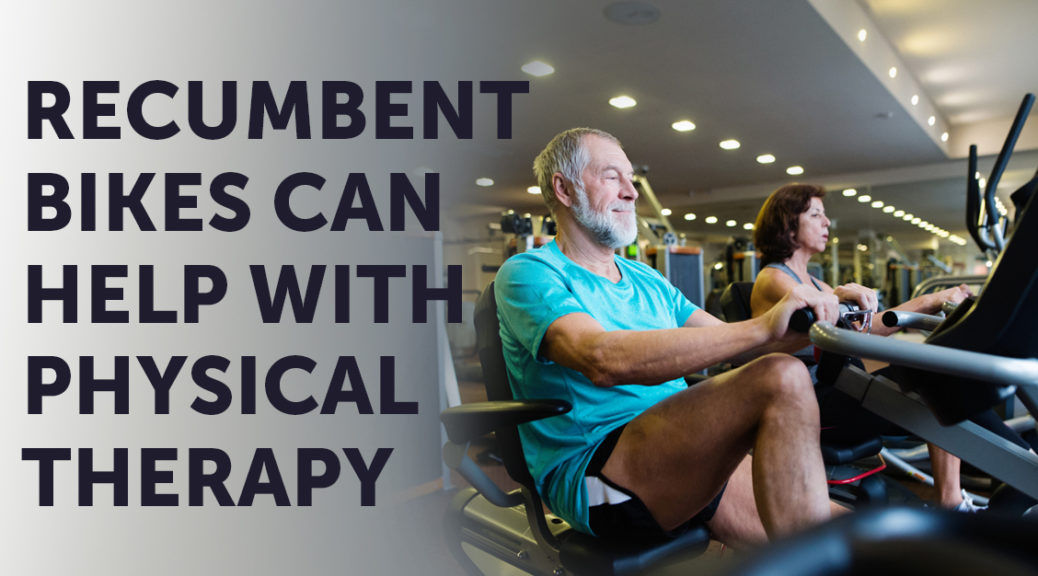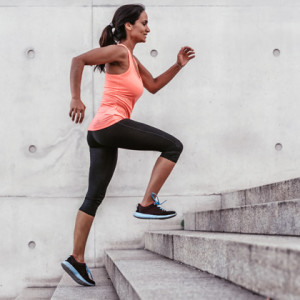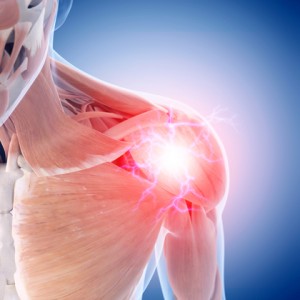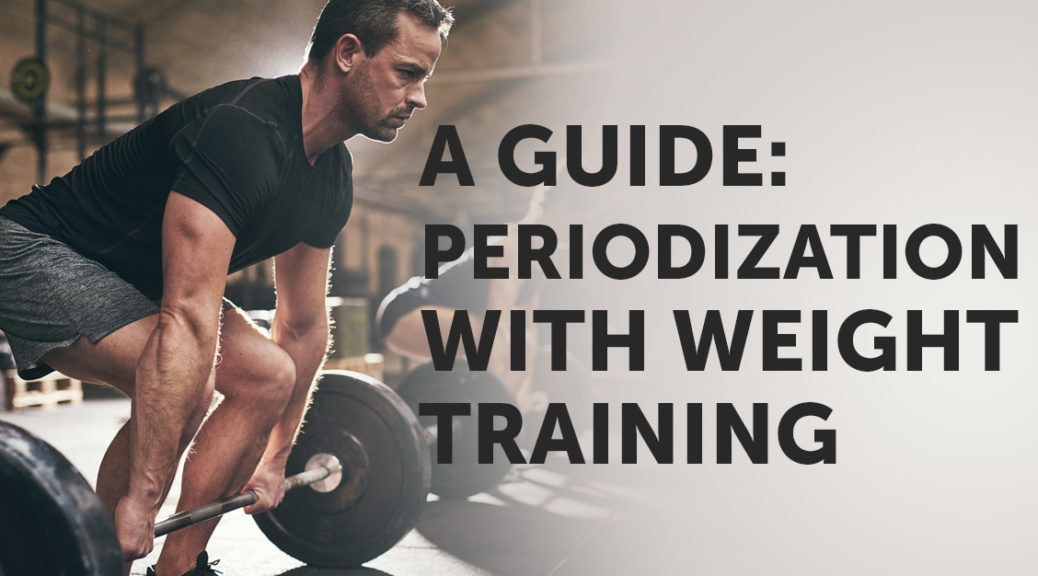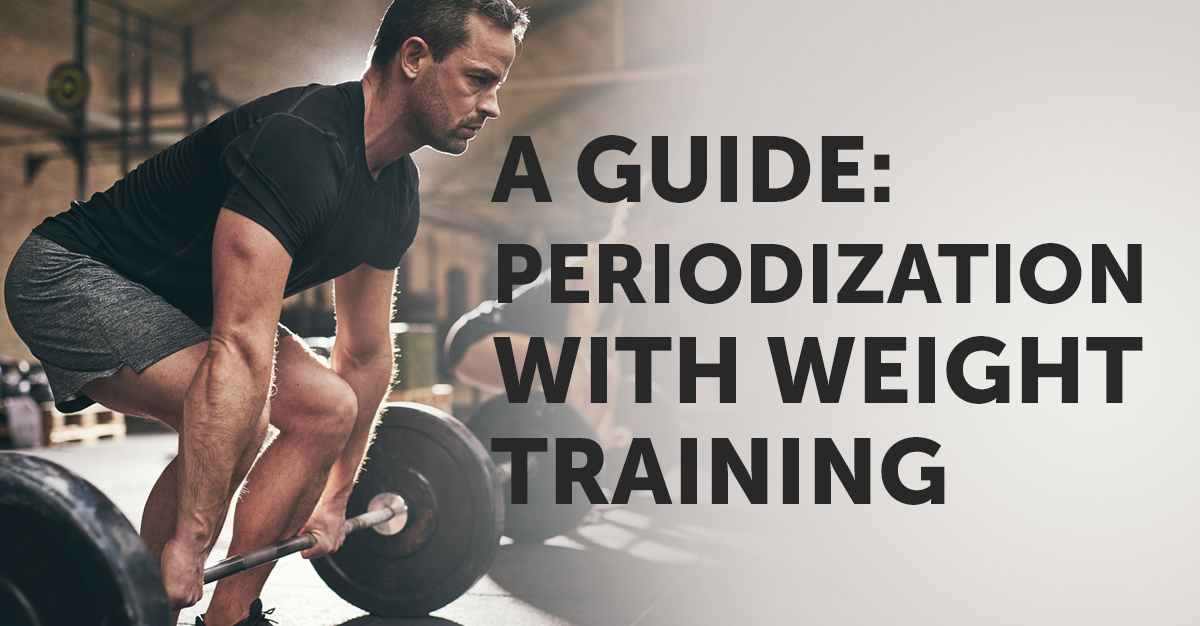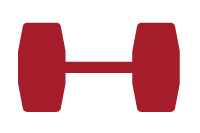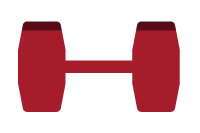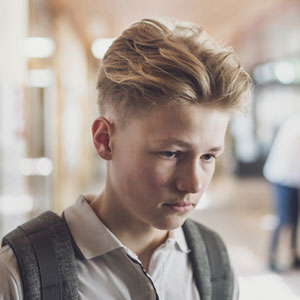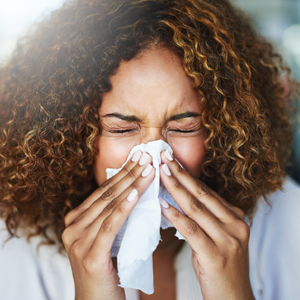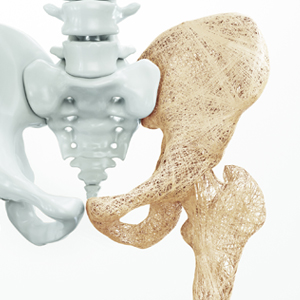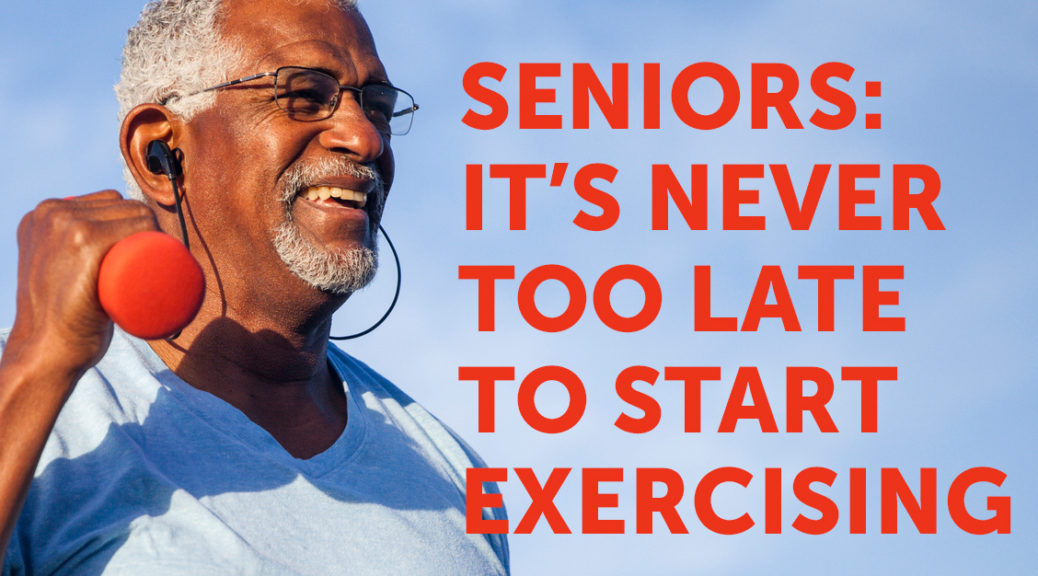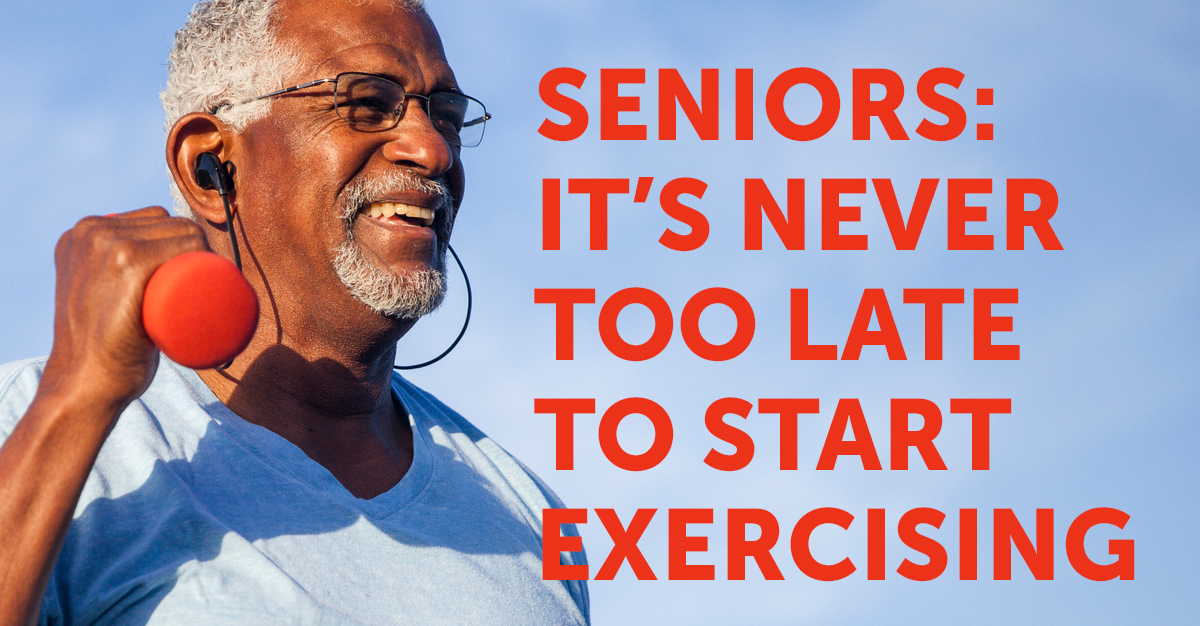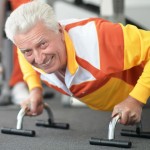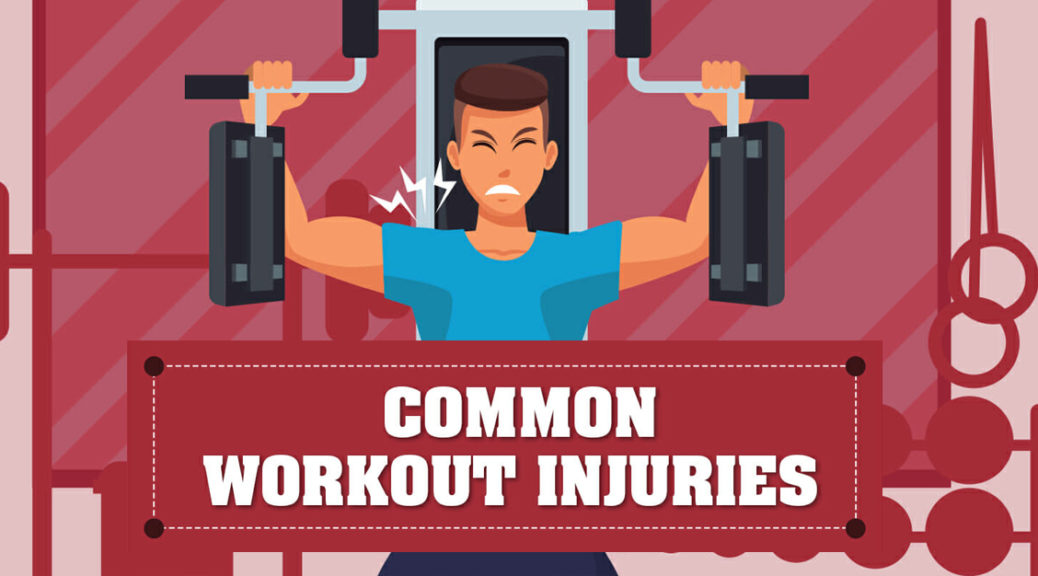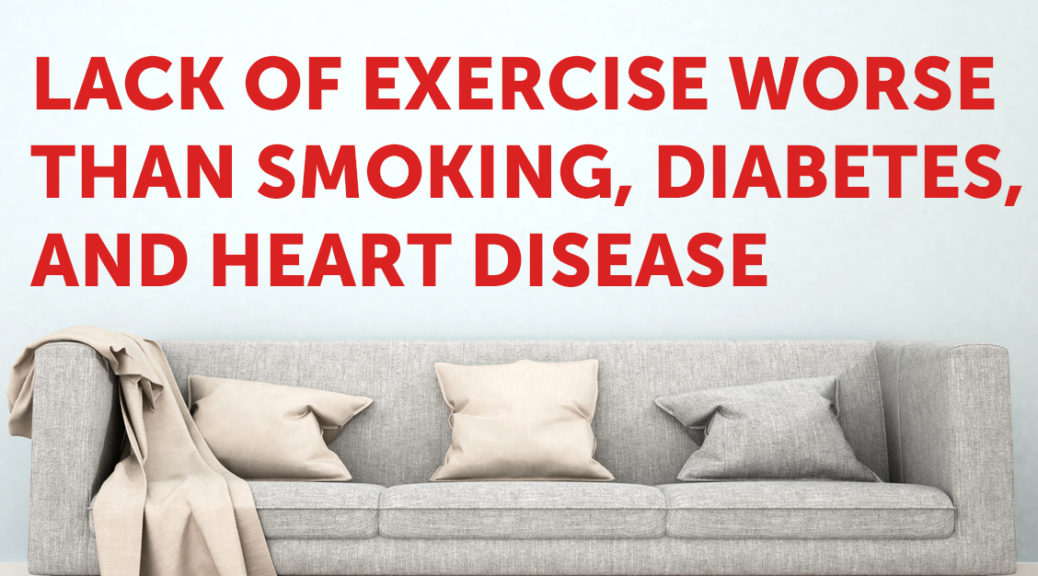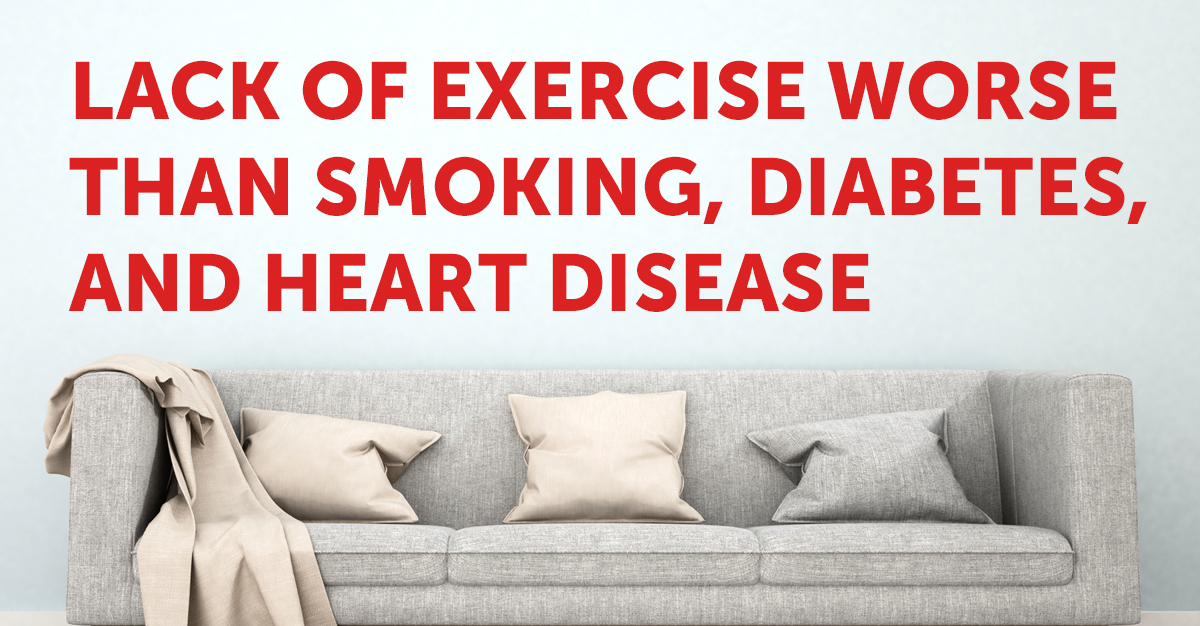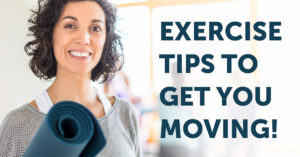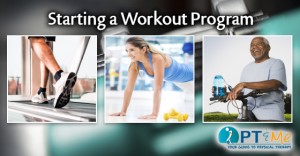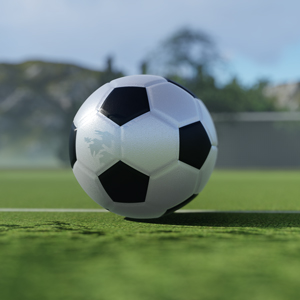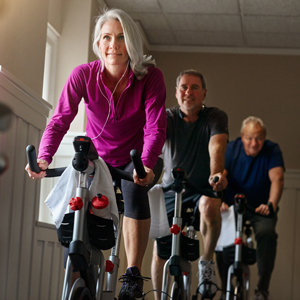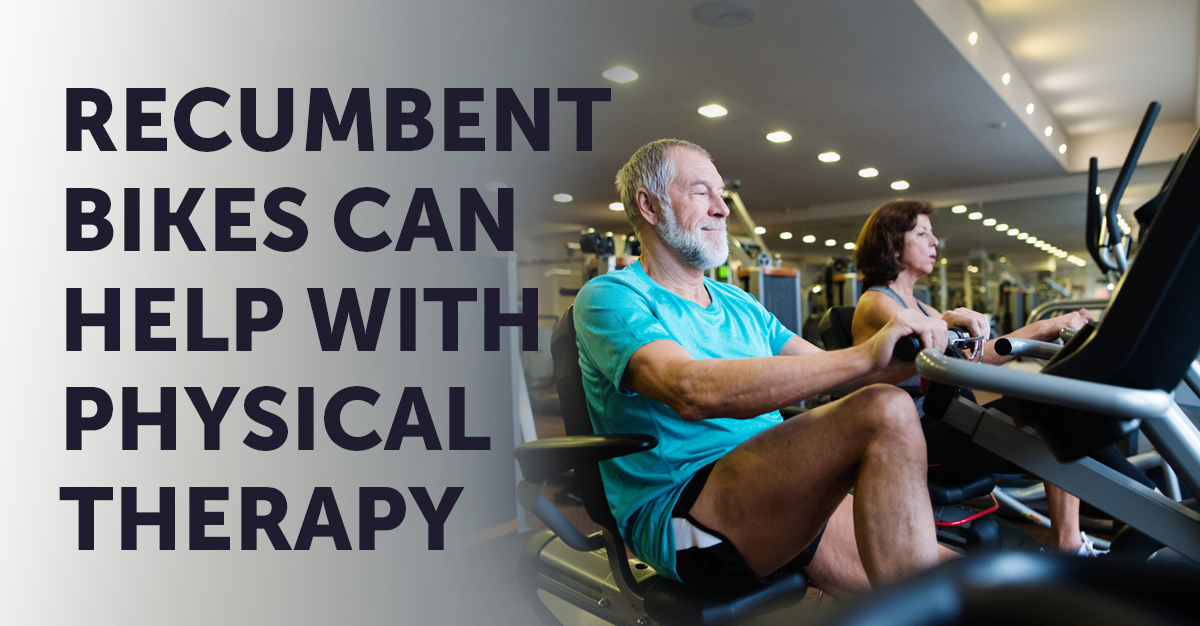
Recumbent bikes are fantastic pieces of gym equipment for rehabilitation and physical therapy. Their design and intent make them easy to use, with little strain on sore or injured joints, tendons, and ligaments. They also allow you to strengthen muscles during the process of recovering and after.
What is a Recumbent Bike?
A recumbent bike is a stationary bicycle that has a bucket seat. Instead of sitting directly over the pedals, the pedals are more forward centered on the machine. This makes it easier to use the bike, putting less strain on your knees, back, and hips, all while strengthening your muscles.
Recumbent bikes are seen in home gyms, fitness centers, and physical therapy rehabilitation facilities. Sometimes they are used simultaneously with a traditional upright pedal bike. However, they are typically used more as a graduated process, from a recumbent to a conventional bicycle.
Why are Recumbent Bikes Used in Physical Therapy?
Due to their design, recumbent bikes put less strain on your back, hips, and knees. When you are recovering from injury or surgery, the goal is to rehabilitate you back to the point you were before that event. Sometimes, depending on the circumstances, this can take considerable time. Starting slow is a good way of reducing the risk of hurting yourself, all while providing gentle exercises to regain lost muscle tone and strength.
While you can use a recumbent bike for strength training, they are more often used as a way to work the same muscle groups as an upright bike, but with less trauma to the joints. If you have arthritis or a tendon injury, a recumbent bike is a great starter bike to get you on the road to recover or, at least, be more active.
Recumbent bikes do provide a cardio workout with less strain on the heart. With a goal of increasing heart rate and blood circulation, you can still get a great cardio workout with less stress on your joints.
If you have balance issues, a recumbent bike is often recommended over an upright bike. For patients recovering from a stroke, they can get a cardio workout in, without the worry of falling off the bike. Since you are seated and can be seat-belted in for added safety, a recumbent bike is a good alternative.
Some physicians specifically write their orders that no upright bikes be used for the treatment of their patients. This is because an upright requires you to have a weight-bearing tolerance for standing and mounting the machine. With a good recumbent bike, you can move the seat to the side, and the patient can get on the bike with minimal stress. If they are recovering from back, hip, or knee issues, this is an important differentiating feature between the two types of bikes.
Can You Do Resistance Training on Recumbent Bike?
Yes, you can do resistance training on a recumbent bike. Depending on the model and style of the bike, there are various ways to increase the resistance. If you are rehabbing an injury, the amount of resistance you will want to use will be minimal, so that you don’t hurt yourself. However, you can increase the amount of resistance, giving you a great workout as you heal and progress.
If you are using a recumbent bike in a home gym, you can get a fantastic cardio workout without straining your back and hips.
Recumbent bikes are a great tool in the physical therapy realm. They are also extremely beneficial for home and fitness gyms where you may have some limitations but still desire a great cardio workout.
Please consult your healthcare provider before starting an exercise program. For help finding a workout that fits your lifestyle and ability levels don’t hesitate to call your physical therapist. They have the expertise and skills needed to help keep you active and safely avoid injuries during sports and exercise.

